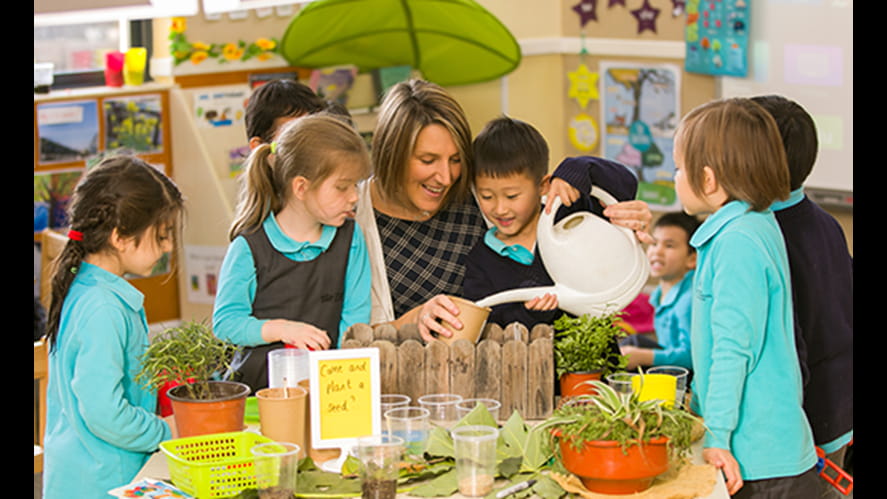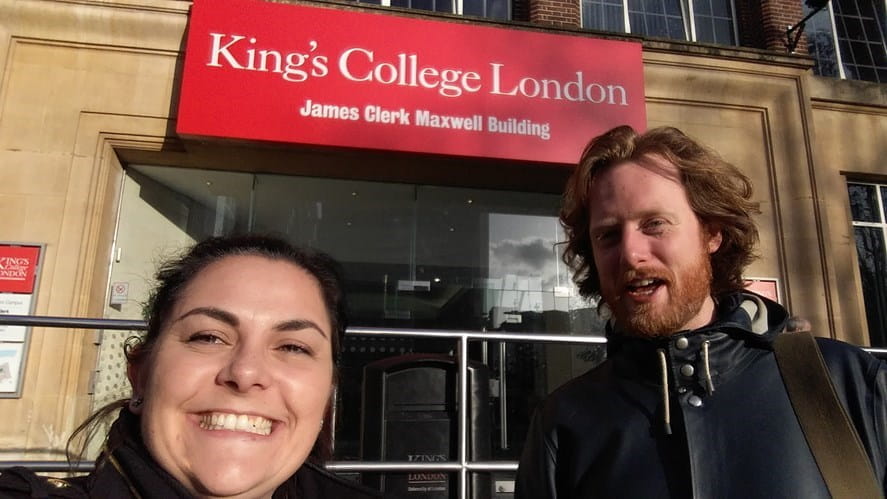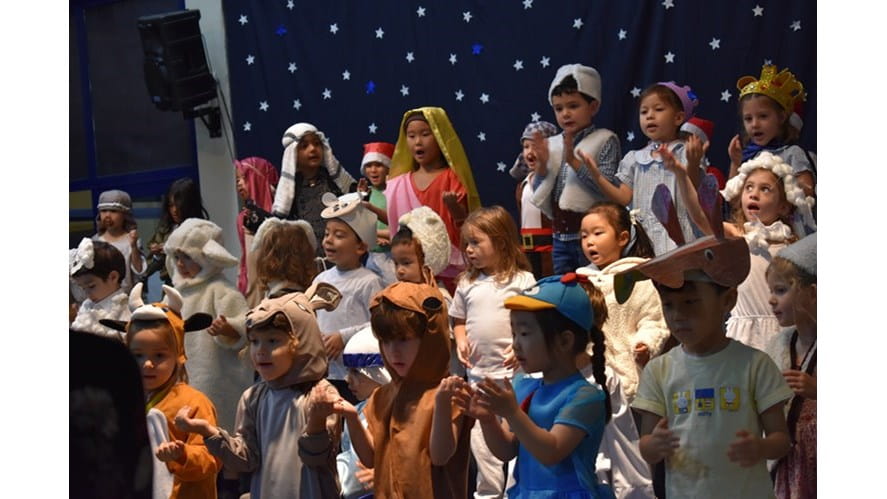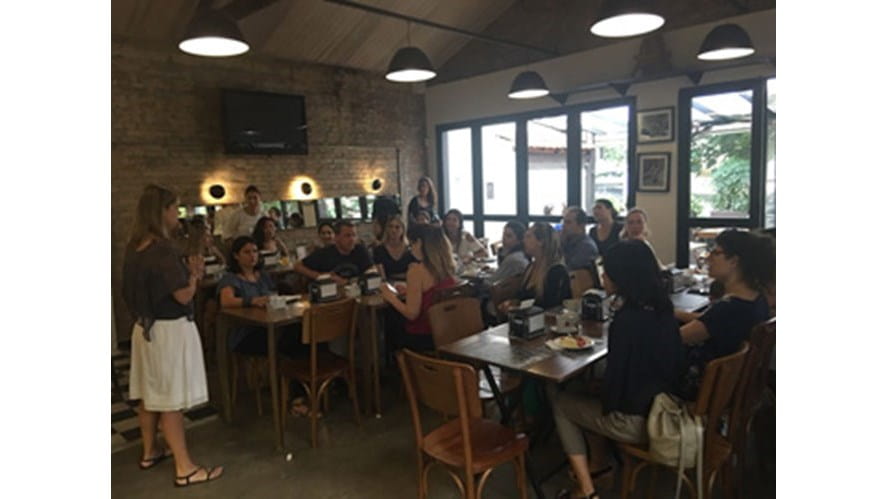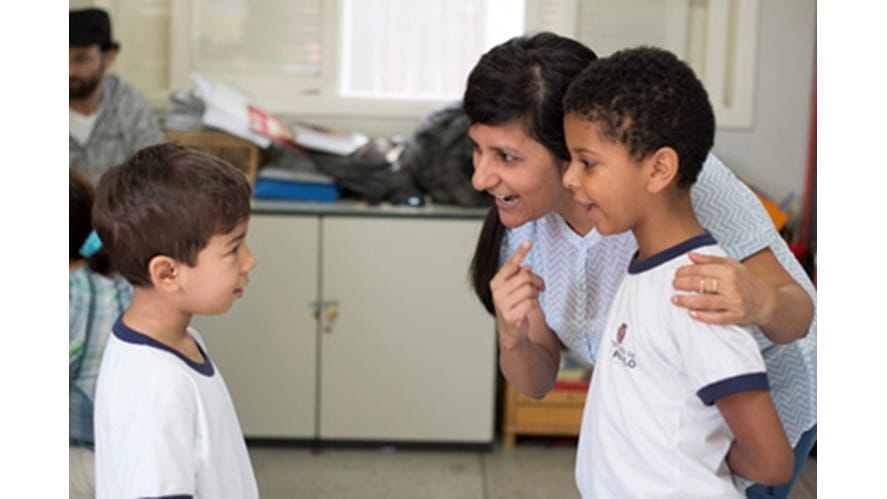Making it Personal
Educators are leaving traditional practices behind in favour of a tailored, more personalised approach for each student that gives them greater control over their own learning.
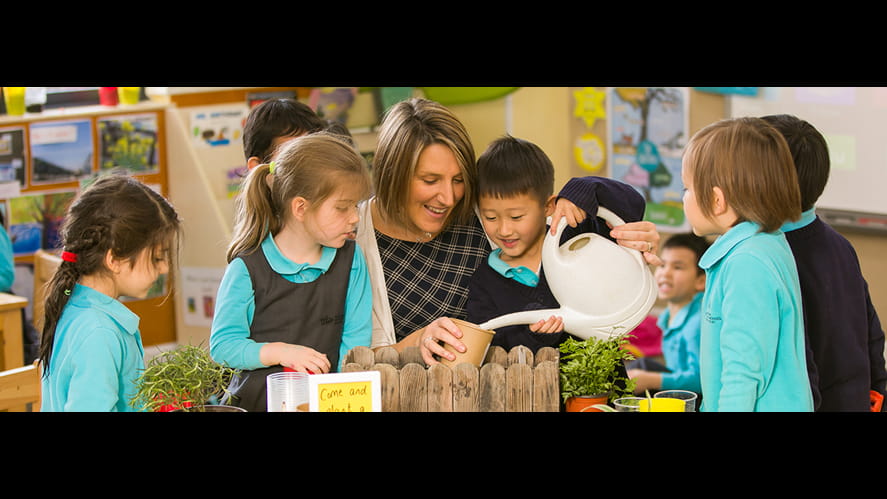
Educators are leaving traditional practices behind in favour of a tailored, more personalised approach for each student that gives them greater control over their own learning.
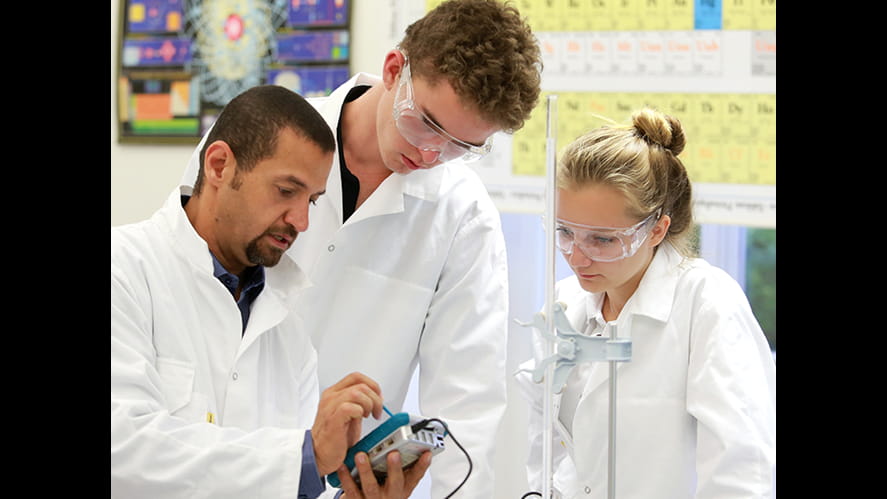
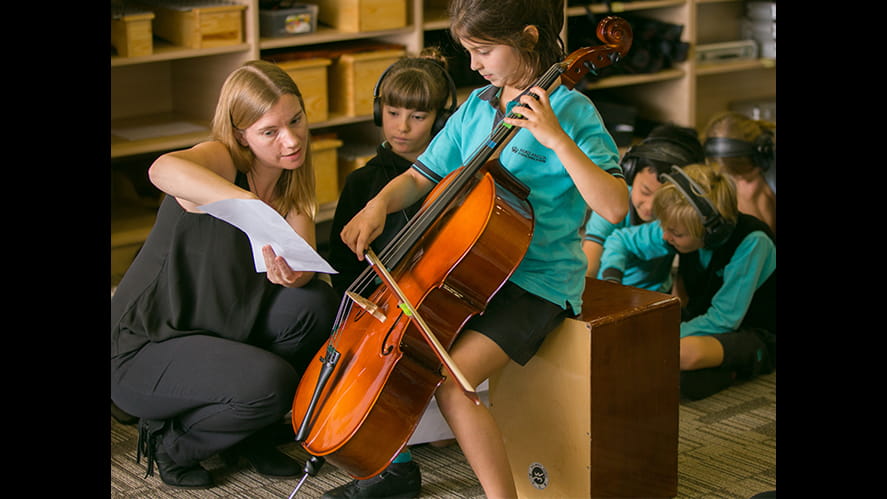
Children are leading the charge in their own learning at school as personalised learning becomes a necessary tool for students to succeed and thrive in the future.
What was once seen as a buzzword, personalised learning is now being much more widely adopted by schools across the globe as an approach that enables teachers to deliver tailored, high-quality learning based on a solid knowledge and understanding of each student.
In the past, teachers often taught classes by transmitting a body of knowledge in the hope that every student would be able to assimilate it — but these methods are slowly fading, including ‘teach from the front using a chalk board’ and ‘sage form the stage’ approaches. Educators believe that traditional learning in schools isn’t effective at equipping children with all the skills necessary for the jobs of the future.
According to the National College for Teaching and Leadership, an executive agency of the UK government’s Department for Education, personalised learning seeks to provide relevant and challenging opportunities that support children as they progress and develop. It promotes the idea that every child matters, recommending teachers pay attention to students individual learning styles, what motivates them and what they need.
Personalised learning also enables each student to surpass challenging targets they may set themselves, which helps teachers to use a continuous, in-depth assessment of students that empowers them to be stretched appropriately. This way the focus is on the learning and not teaching, and students are able to enjoy learning that’s supported by partnerships with other individuals and opportunities beyond the classroom.
“It’s about enabling every child, every student, to be genuinely exceptional,” Nord Anglia Education (NAE) education director Andy Puttock said.
“All good schools will say that they offer personalised learning, but the sweet spot is when a teacher’s deep and evolving knowledge of a student is combined with a range of opportunities for them to explore, experiment, occasionally fail, and find their true passions, which they often didn’t have the faintest inkling even existed,” Mr Puttock said. But what does personalised learning look like? How do students learn?
At BSB Shunyi, an NAE school where Mr Puttock was principal for five years, teachers continually strive to help students learn through individually tailored combinations of activities. This may include using learning technologies, identifying their own problems with peers and coming up with creative solutions, supported self-study and experiential learning opportunities outside the classroom.
Teachers change the activities or approaches to learning regularly and optimise lessons to each child’s individual learning preferences, strengths and areas for growth.
“They [teachers] learn to ask students the right questions to get the right kind of feedback,” Mr Puttock said.
“We invest a lot of time and resources developing our teachers on areas like continuous assessment. At the end of every lesson we make sure they can judge whether each individual student has made progress in that lesson.”
To make personalised learning truly effective, teachers need to underpin this with the process of setting goals together with each student. This allows teachers to discover their difficulties and needs while encouraging them to own and take an active interest and responsibility for their learning.
“We flip it [the learning] away from me as the teacher towards you as the student,” Mr Puttock said.
“Personalised learning allows me to get to the root of what you need rather than what I want to give you.”
And gone are the days where it is simply accepted that a student is particularly strong in a subject and permanently weak in another, Mr Puttock said.
“Of course students have their individual strengths but these develop and evolve in time,” he said.
This is because personalised learning recognises progress isn’t a straight line, students are not ‘bad’ at a subject, rather they may not be very good at it yet.
Once students understand this, it starts to develop a growth mindset.
“We take teaching down to an individual level. So I’ll know what it is that you need to help you achieve,” Mr Puttock said.
“If we know you’re not very good at maths we’ll ensure you’re brought up to what a healthy, numerate global citizen is going to need — it’s the complete opposite of one size fits all. Personalised learning allows you to fly in the things you’re already good at but helps you with the things you’re not yet good at.”
|
What is Personalised Learning?
- Understanding students
Getting to know a student well demands real skill and commitment from our teachers. Not only do teachers have detailed information on the specifics of what a student already knows, but they also need to know about their general competencies, aptitudes, interests, aspirations and motivations.
- High-quality teaching
Teachers need to know how to ask their students the right questions, differentiate work in the classroom to ensure each child’s learning is appropriately stretched to where they are, in that moment. Learning goals are specific to each student and are developed together with them.
- Develop passions
Personalised learning gives students the opportunity to develop their interests and passions. Students are given greater discretion in the learning activities they wish to pursue, and teachers adjust their teaching strategies to support them.
Source: Nord Anglia Education
|
Sustaining the successful delivery of personalised learning is pastoral care or support. Students are provided with a support system, which Puttock refers to as “Team You”, in order to achieve and succeed academically and personally.
“Struggling at school is tough; it’s emotionally draining and therefore you need to be surrounded by people who will pick you up and support you, challenge you and prod you a little bit when it needs to be done,” Mr Puttock said.
In fact, it leads to student well-being, an aspect in traditional learning environments that is often overlooked, said Puttock.
“It’s the best approach for their self-esteem and self-confidence. These two things alone tell me it has got to be the better route to follow.”
Read:
Nord Anglia Education’s approach to personalised learning
https://www.nordangliaeducation.com/article/2018/12/3/making-it-personal?fbclid=IwAR2akRC3iabvJEsEE9ByPpXiCTT7pL8_eKgSovFjfh1R6OhlkwPuV9tiqoA
#NAEBeAmbitious #NordAngliaEducation #school #personalised #learning #qualities #skills #jobsofthefuture
LinkedIn
There’s always something new and exciting happening across our global network of schools. This is especially true thanks to Global Campus, which allows our more than 53,000 students to connect virtually. Read more about ongoing Global Campus initiatives that our students are involved within this academic year so far.
https://www.nordangliaeducation.com/article/2018/11/23/global-campus-check-in-how-our-students-are-connecting-so-far-in-2018



